
As Eid Al Adha approaches, excitement fills the air as many residents of the UAE begin to finalize their plans for the holiday season. This festive occasion, celebrated by millions, not only marks the end of Hajj but also brings families and friends together in joyous gatherings.
With the summer heat intensifying, a significant number of residents are choosing to escape to cooler destinations, seeking adventure or simply a refreshing break from daily life.
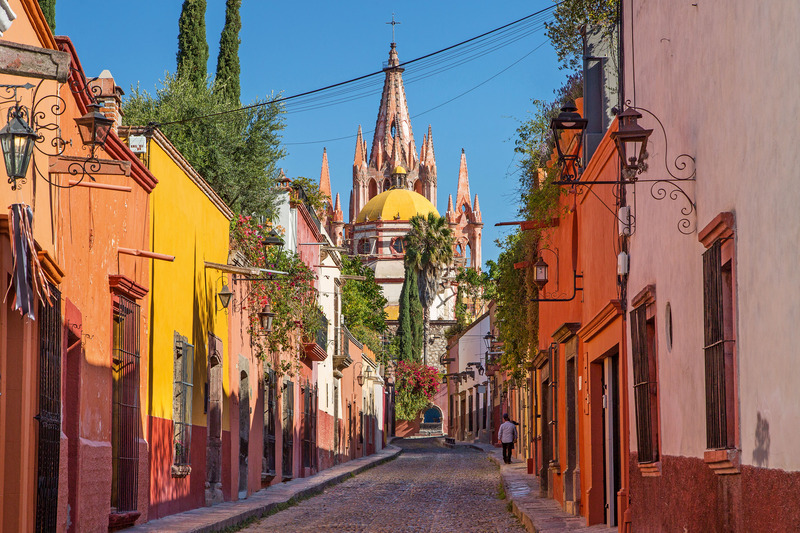
While some opt for relaxing staycations in luxurious resorts or local getaways, many are eager to explore new cultures and landscapes just a short flight away.
For those still uncertain about their travel plans, there are several enticing visa-free countries within easy reach, perfect for a quick getaway during the holiday. These destinations offer a mix of natural beauty, rich history, and vibrant culture, all while eliminating the hassle of visa applications.

Whether you’re looking for a serene beach retreat, a cultural exploration, or an adventurous trek, these five visa-free countries provide ample options for an unforgettable Eid experience.
Here are five visa-free destinations for your next holiday adventure:
Georgia

One of the most popular choices among UAE residents is Georgia. This captivating country, located at the crossroads of Europe and Asia, is renowned for its stunning natural landscapes and rich cultural heritage. The charming capital, Tbilisi, offers a unique blend of history and modernity, characterized by its colorful architecture and vibrant arts scene.

Visitors can explore ancient churches, sample delicious Georgian cuisine, and enjoy wine tasting in the picturesque vineyards of Kakheti. Residents can enjoy visa-free entry for up to 90 days, with a flight time of just 3.5 to 4 hours.
Seychelles
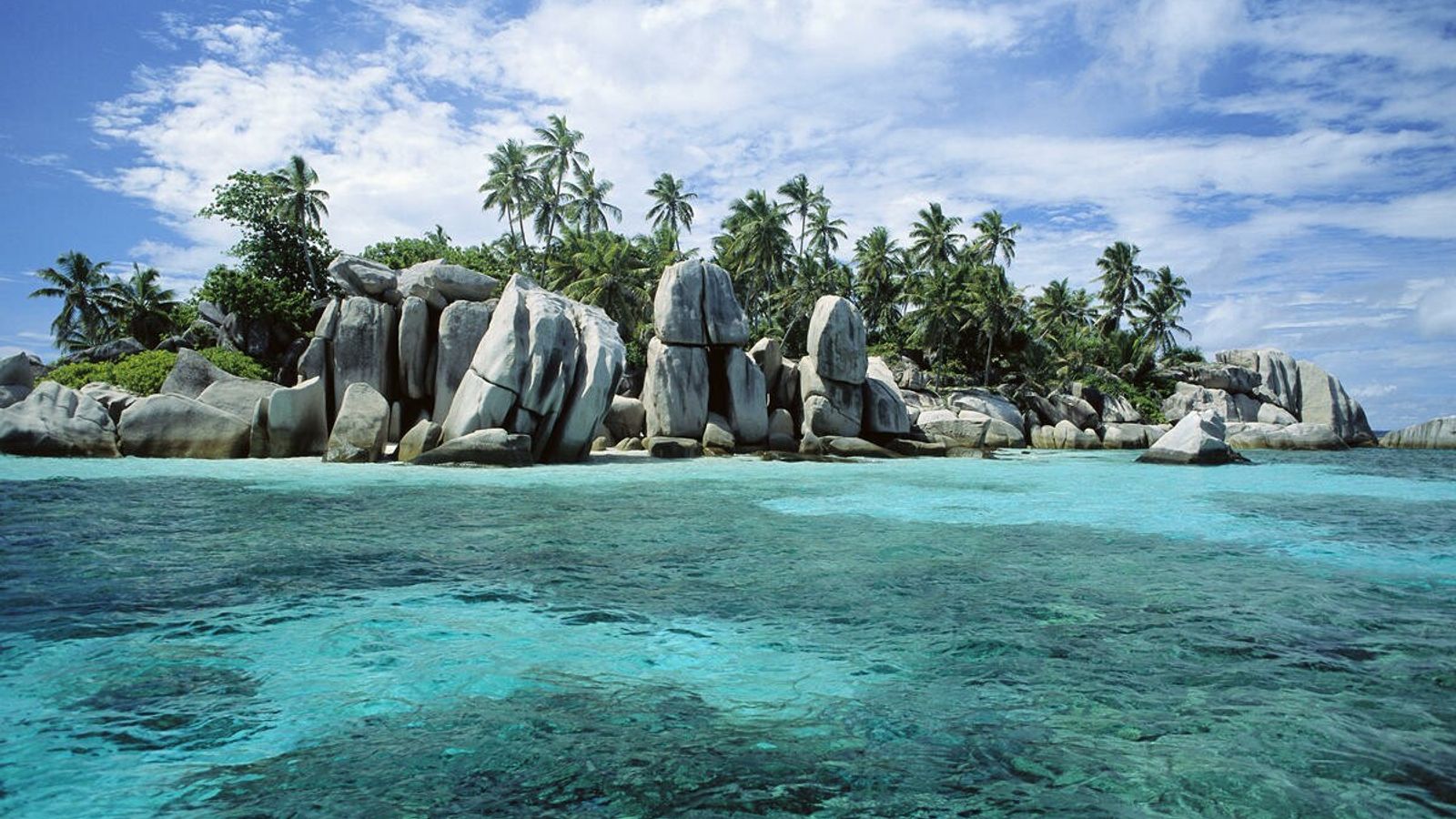
Another paradise to consider is the Seychelles, an archipelago in the Indian Ocean famous for its breathtaking beaches and lush natural beauty. Ideal for those looking to escape the urban grind, Seychelles promises tranquility and relaxation.

Visitors can spend their days lounging on pristine beaches, snorkeling in vibrant coral reefs, or hiking through lush national parks like Vallée de Mai. The journey takes approximately 4.5 hours, and UAE residents can visit without needing a visa.
Maldives

For those yearning for a tropical escape, the Maldives is a quintessential choice. Known for its crystal-clear lagoons and idyllic resorts, this destination is perfect for unwinding by the beach. Water sports enthusiasts can enjoy activities such as scuba diving, kayaking, and jet skiing.
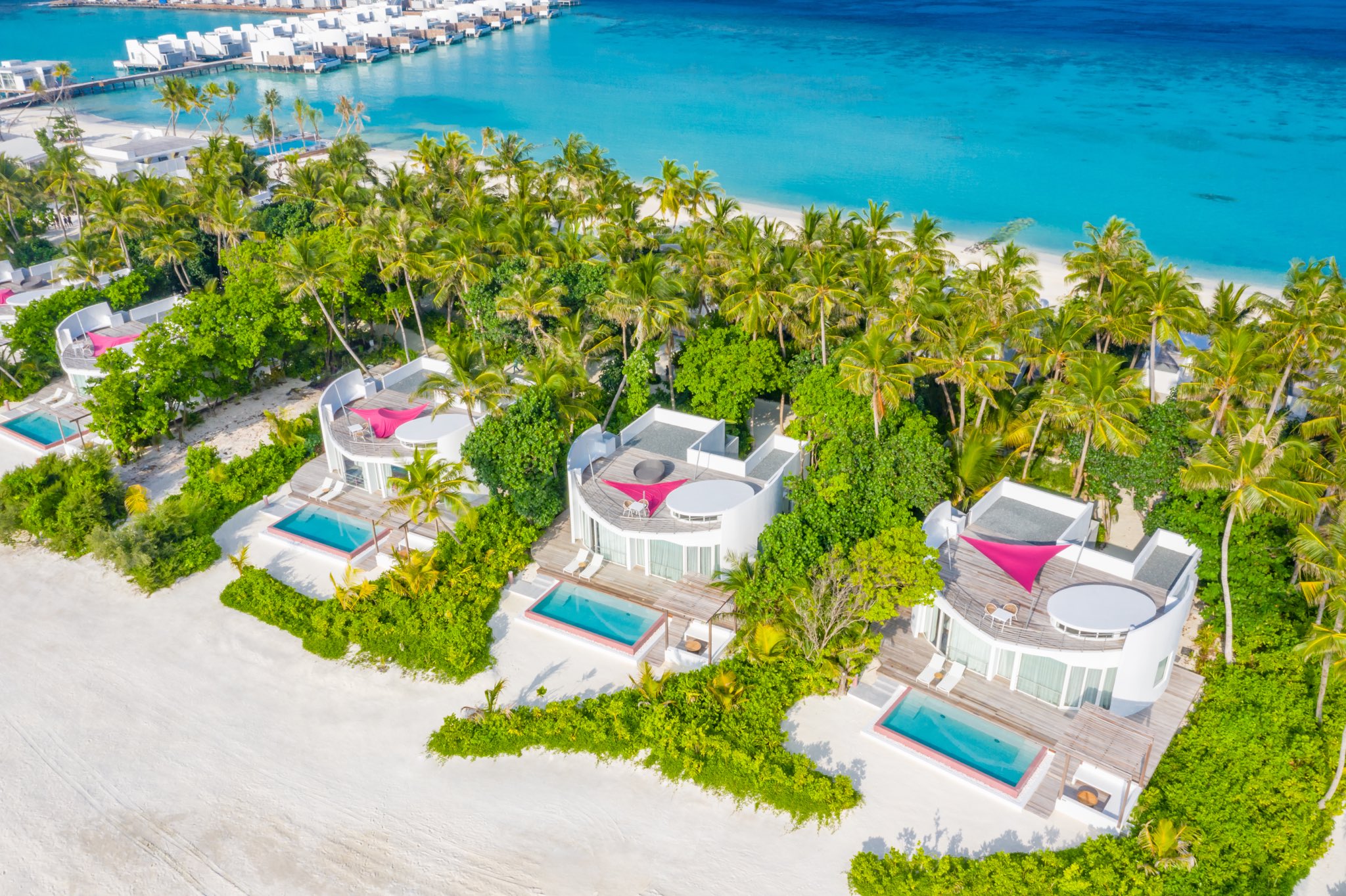
The Maldives offers a visa on arrival for all nationalities, making it accessible for UAE travelers. The flight duration is around 4.5 to 5 hours, and many resorts provide all-inclusive packages that cater to various budgets.
Azerbaijan
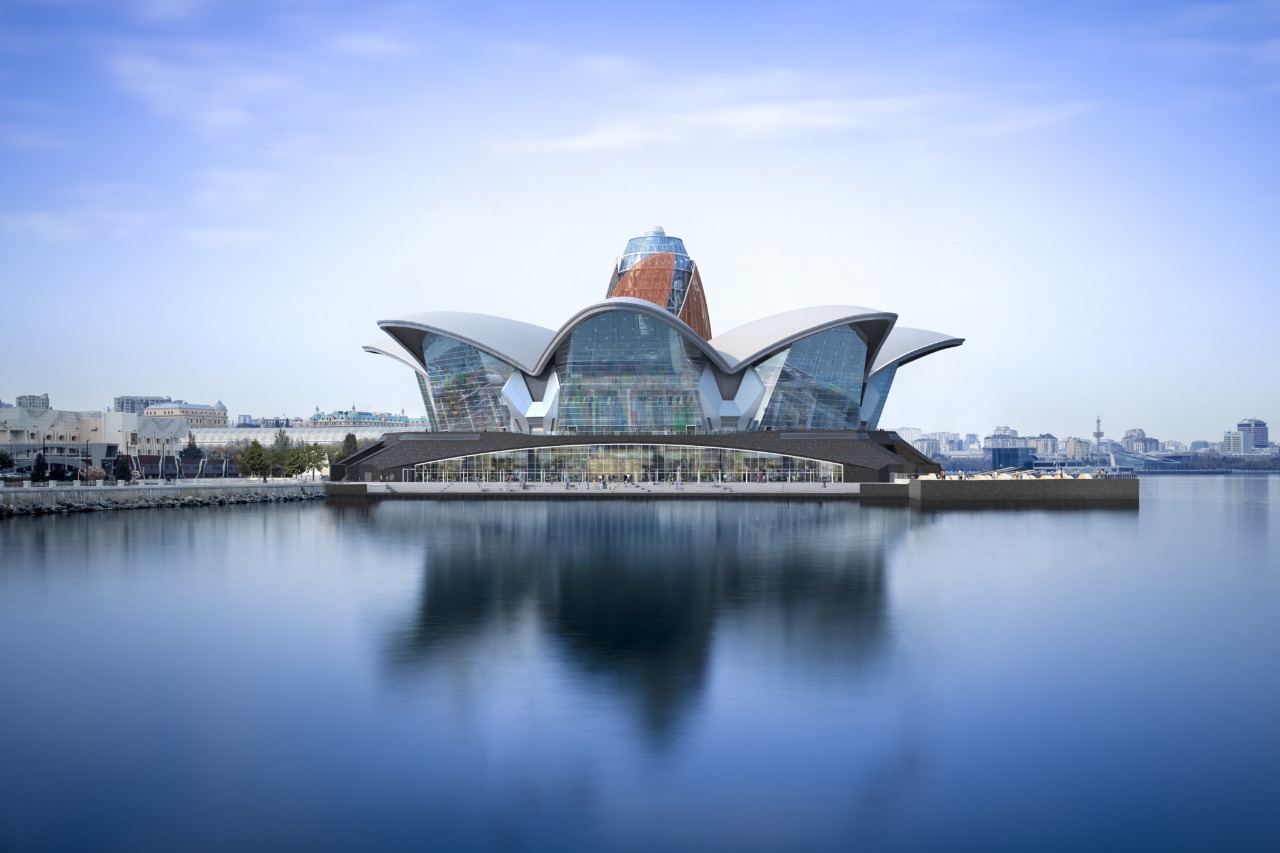
Azerbaijan presents another appealing option, situated at the intersection of Europe and Asia. This country boasts a rich tapestry of natural beauty, historic towns, and a vibrant cultural scene. Baku, the capital, is known for its futuristic architecture and ancient sites like the Old City (Icherisheher).

Visitors can enjoy traditional Azerbaijani dishes, such as plov and dolma. UAE residents can easily obtain a visa on arrival for stays of up to 30 days, with a flight time of about 3 hours.
Nepal

Finally, for those looking to immerse themselves in nature, Nepal is an ideal destination. Home to the majestic Himalayas and Mount Everest, Nepal is celebrated for its trekking opportunities, diverse cuisine, and ancient UNESCO World Heritage sites such as Bhaktapur and Pashupatinath Temple.

Adventurous travelers can embark on treks in the Annapurna or Langtang regions, while those seeking a more leisurely experience can explore the vibrant capital, Kathmandu. Residents can secure a visa on arrival, with travel times of approximately 4.5 hours.
As Eid Al Adha draws near, these five visa-free destinations offer UAE residents the perfect opportunity to explore new cultures and landscapes, all while enjoying a refreshing break from the heat. Whether you seek adventure, relaxation, or cultural immersion, each of these countries has something unique to offer.

.jpg)
.jpg)
.jpg)
.jpg)
.jpg)



.jpg)
.jpg)

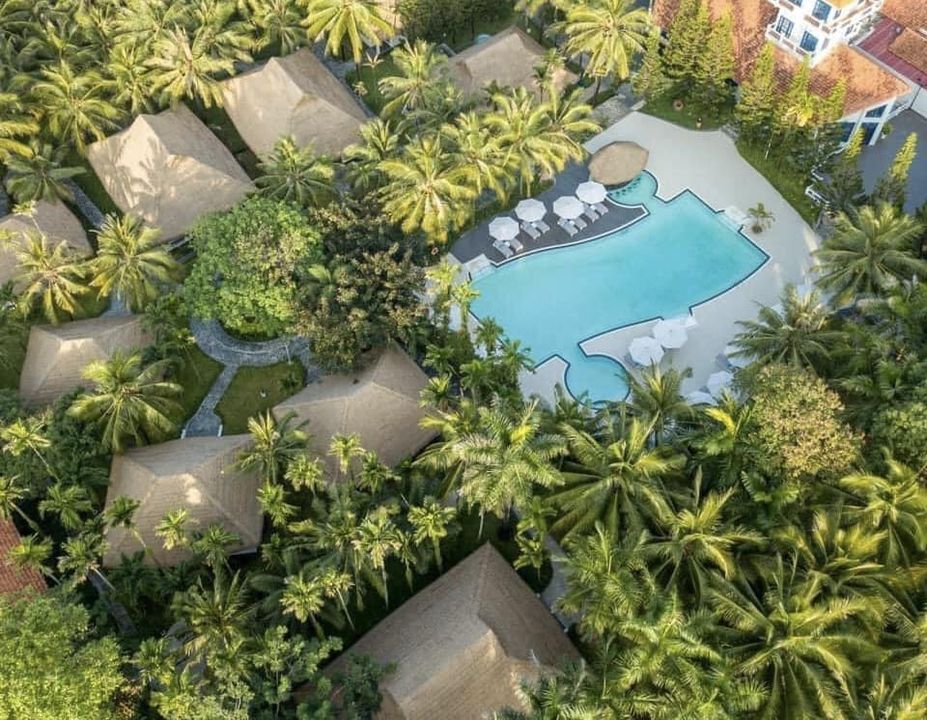
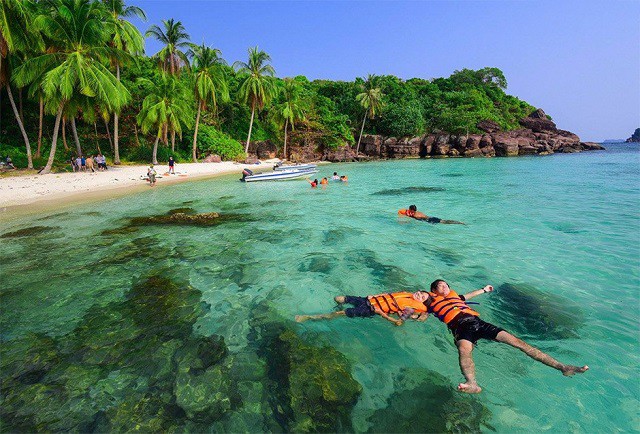
.jpg)
.jpg)
.jpg)



.jpg)
.jpg)
.jpg)







.jpg)
.jpg)






.jpg)

.jpg)
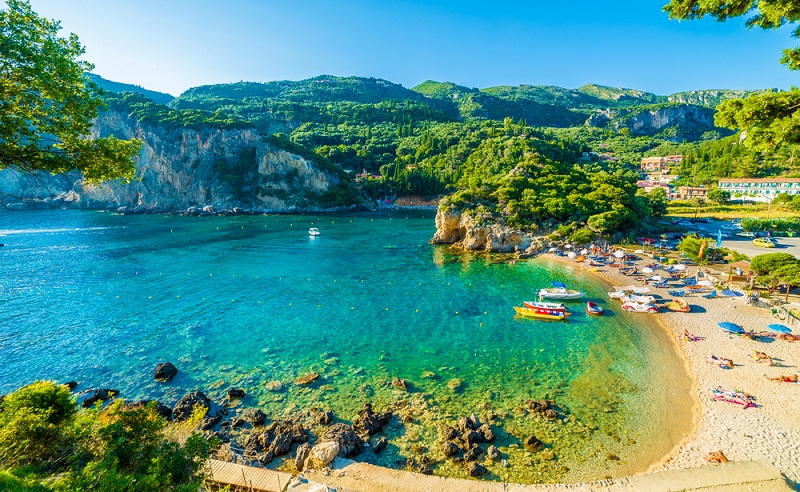
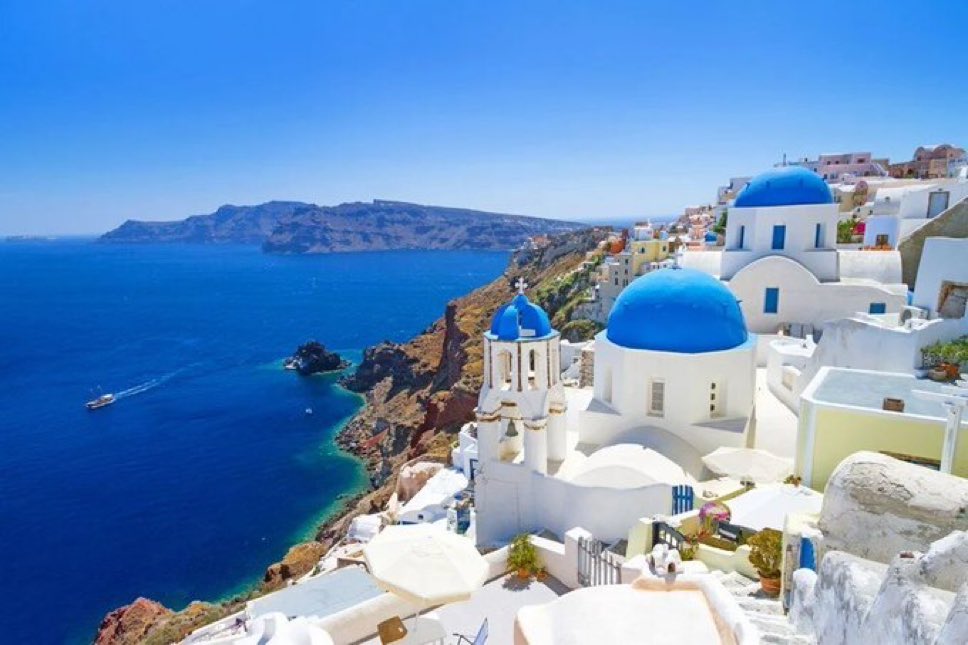
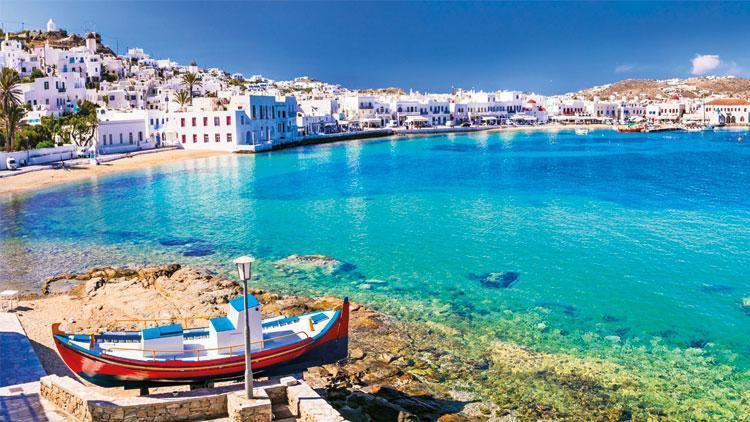





.jpg)


.jpg)






.jpg)
.jpg)